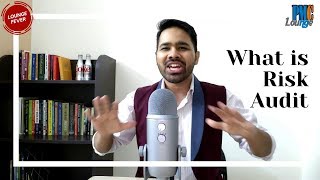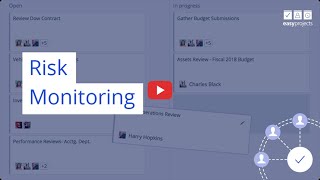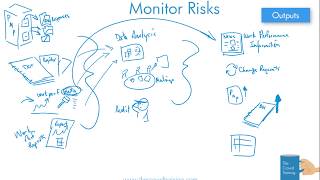Tuesday, 23 December, 2025г.
















Где искать: по сайтам Запорожской области, статьи, видео ролики
пример: покупка автомобиля в Запорожье
87. PMP Tutorial | Project risk management | control risk process overview
Let's learn about the process of Controlling Risks in this PMI PMP PMBOK based project management tutorial video.
Project Control Risks is the process of implementing risk response plans, tracking identified risks, monitoring residual risks, identifying new risks, and evaluating risk process effectiveness throughout the project.
The key benefit of this project control process is that it improves efficiency of the risk approach throughout the project life cycle to continuously optimize risk responses.
- Risk audits examine and document the effectiveness of risk responses in dealing with identified risks and their root causes, as well as the effectiveness of the risk management process.
Project manager is responsible for ensuring that risk audits are performed appropriately
- Control project risk belongs to monitor and control process group
Here the ITTO,input,tools,techniques,output of PMP Control Risks process
Per PMP PMBOK-5, Input of project Control Risks process is,
.1 Project management plan
.2 Risk register
.3 Work performance data
.4 Work performance
reports
PMP PMBOK-5 says following tools and techniques are used in project Control Risks process
.1 Risk reassessment
.2 Risk audits
.3 Variance and trend
analysis
.4 Technical performance
measurement
.5 Reserve analysis
.6 Meetings
Following are the output of project Control Risks process as per PMP pmbok-5
.1 Work performance
information
.2 Change requests
.3 Project management plan
updates
.4 Project documents
updates
.5 Organizational process
assets updates
Теги:
PMP tutorial PMP training PMP free training PMP online tutorial PMP PMI PMP tutorial basics project management control risk control risk project control risk process process overview how define risk management ITTO input tools techniques output what are
Похожие видео
Мой аккаунт


 У вашего броузера проблема в совместимости с HTML5
У вашего броузера проблема в совместимости с HTML5


